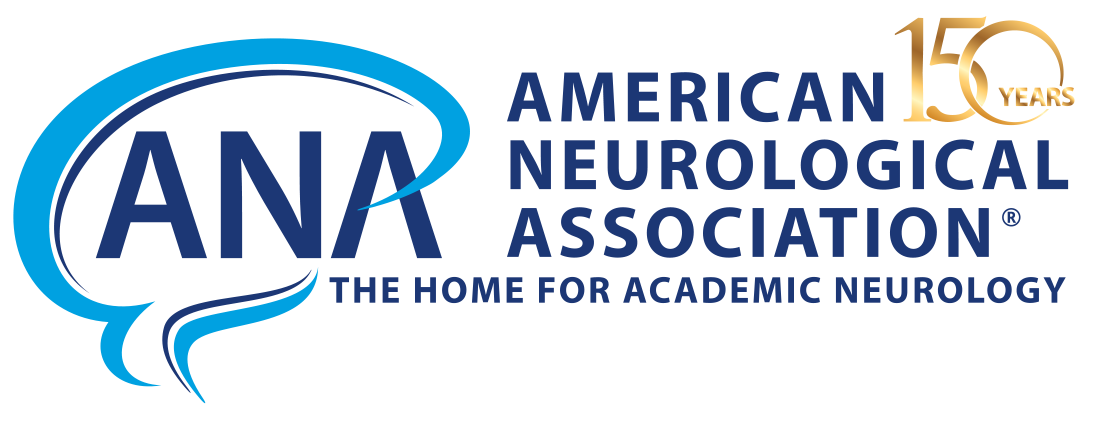Asian American, Native Hawaiian and Pacific Islander Pioneers in Medicine & Science
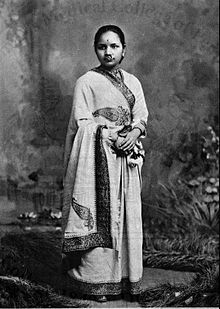
Anandibai Gopalrao Joshi, MD (1865-1887)
Dr. Joshi was the first Indian female doctor of western medicine. She was the first woman from the erstwhile Bombay presidency of India to study and graduate with a two-year degree in western medicine in the United States. Dr. Joshi, despite of all odds achieved her goal, through her grit and determination. Dr. Joshi had the unique distinction of being the first woman ever to go to aboard and obtain a degree of Doctor of Medicine from the Women’s Medical College Pennsylvania, USA, as early as, 1886.
Source: scientificwomen.net
Margaret Chung, MD (1889-1959)
Dr. Chung overcame great racism and sexism to become the first American-born Chinese female doctor in 1916. Dr. Chung was the first Chinese American woman to become a physician. She founded one of the first Western medical clinics in San Francisco’s Chinatown in the 1920s. During World War II, she and her widespread network of “adopted sons,” most of them American soldiers, sailors, and airmen who called her “Mom,” became famous. Dr. Chung hosted her “sons” and their guests—including movie stars, politicians, and top military brass—at large weekly dinners in her San Francisco home. Dr. Chung used her influence to support the Allied war effort. She lobbied for the creation of the WAVES, the U.S. Naval Women’s Reserve. Although she faced prejudice because of her race, gender, and sexuality, Dr. Chung forged a distinctive path for herself throughout her life.
Source: nps.gov
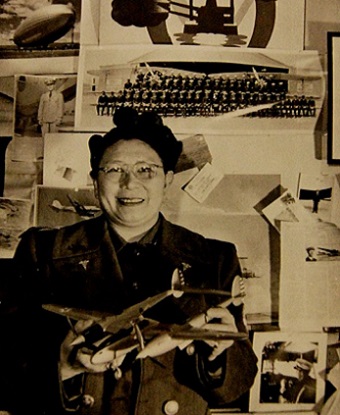

Tsai-Fan Yu, MD (1911-2007)
Dr. Yu was the first woman to be appointed a full professor at Mount Sinai School of Medicine in 1973. She earned her medical degree in 1936 from Peking Union Medical College and moved to the US in 1947. Her most famous contributions were for treatments for gout, which she helped found a lab to study in the 1950s. Her research demonstrated the connection between gout and a buildup of uric acid in the body, and she worked on two drugs in the 50s and 60s – colchicine and allopurinol – which are still in use to treat gout patients.
Source: criver.com
Harvey Akio Itano, PhD (1920-2010)
Dr. Itano was a Japanese-American scientist whose collaboration with Linus Pauling changed the course of sickle cell anemia research and helped to establish the field of molecular medicine. Dr. Itano, who was born in Sacramento, was imprisoned with his family at the Tule Lake internment camp in California during WWII. Despite the ordeal, Itano went on to earn a medical degree from St. Louis University and a PhD in chemistry and physics from CalTech. There, while studying under Nobel Laureate Linus Pauling, Itano made the seminal discovery of his career. Using electrophoresi, Itano found that the hemoglobin from the red blood cells of sickle cell anemia patients differed from healthy hemoglobin, a finding that represented the first demonstration of a disease caused by an abnormality in a single molecule. For his achievements, Itano was honored with the Martin Luther King Jr. Award from the Southern Christian Leadership Conference and became the first Japanese-American to be elected to the National Academy of Sciences. He was also inducted into the American Academy of Arts and Sciences.
Source: iscrm.uw.edu
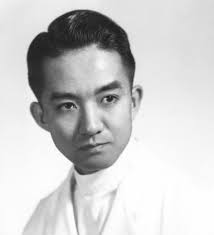
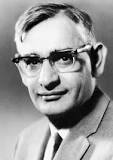
Har Gobind Khorana, PhD (1922-2011)
Dr. Khorana was an Indian-American biochemist, a pioneering figure in the 20th century study of protein synthesis, and the first Asian and Indian born Nobel laureate in Physiology/Medicine. Khorana studied at the Punjab University in Lahore before moving to England, where he earned a PhD in organic chemistry from the University of Liverpool. Further opportunities took him to Zurich, back to India, and then to Cambridge, where he began his seminal research on nucleic acids – the complex molecules responsible for the storage and expression of genetic instructions. After a research position at the University of British Columbia in Vancouver, Dr. Khorana joined the Institute for Enzyme research at the University of Wisconsin, became a naturalized U.S. citizen, and conducted the landmark research that earned him the 1968 Nobel Prize in Physiology/Medicine for his work (with Marshall W. Nirenberg and Robert W. Holley) showing how the arrangement nucleotides determines protein synthesis and cell fate. Dr. Khorana, who later led the first team to synthesize the first artificial copy of a yeast gene, also received the Albert Lasker Basic.
Source: iscrm.uw.edu
Tetsuzo Akutsu, MD (1922-2007)
Dr. Akutsu was born in Japan in 1922. He received his M.D. degree in 1947, and in 1954 was awarded the first Ph.D. in Japan in the field of extracorporeal circulation. After earning his Ph.D., he moved to the United States where he joined Dr. Willem Kloff’s artificial heart team at the Cleveland Clinic. Here, he initiated the total artificial heart research. As Dr. Kloff’s chief collaborator, Dr. Akutsu made major contributions to the implant of an artificial heart in an animal that lived for 90 minutes, making it the first successful experimental implant with a man-made prosthetic heart in the United States. In 1964, the artificial heart became a national project in the United States under President Lyndon Johnson.
Source: thomassci.com
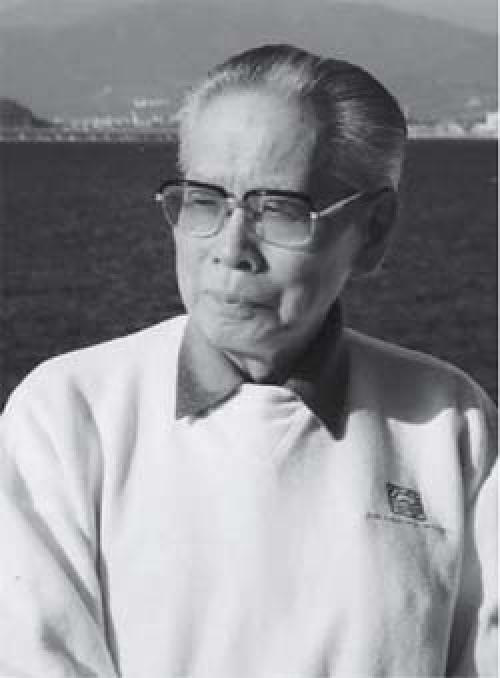
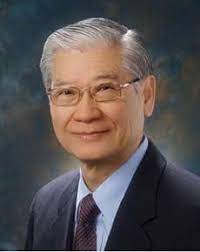
David T. Wong, PhD (1935-Current)
Dr. Wong was born in Hong Kong to a family with a successful machinist business. Though he was expected to participate in the family business, he had always known he was destined for something else. He left Hong Kong in 1957 to pursue his further education in the United States, earning a master’s and doctoral degree in biochemistry. In 1968, he joined Eli Lilly and Company as a senior biochemist, where he worked on many different projects, most notably discovering the antidepressant drug fluoxetine (Prozac). Fluoxetine was the first identified selective serotonin reuptake inhibitor (SSRI) and is now used by more than 30 million people worldwide. In 1993, Wong received the Pharmaceutical Manufacturers Association Discoverer’s Award for this ground-breaking discovery.
Source: thomassci.com
Haing Ngor, MD (1940-1996)
Dr. Ngor was a gynecologist and obstetrician in Cambodia before being forced into a prison camp under the Khmer Rouge regime in 1975. He suffered four years of torture, starvation and exhaustion, but was able to keep himself alive with his medical knowledge. Dr. Ngor was finally able to escape in 1979 after the Vietnamese invasion of Cambodia. He worked in refugee camps in Thailand and Los Angeles before being chosen to play Cambodian journalist Dith Pran in the 1984 film The Killing Fields, about the horrific ordeal Mr. Dith had experienced. He was the first actor of Asian descent to win an Academy Award for best supporting actor. He used his platform to advocate for justice and speak out against leaders of the Khmer Rouge as well as financially support two clinics and a school in Cambodia.
Source: beckershospitalreview.com
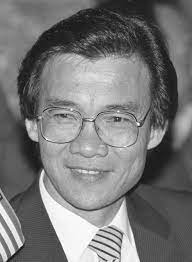
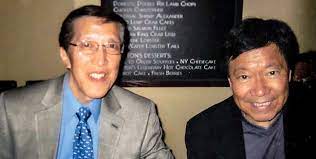
Derald Sue, PhD (1942- Current) & Stanley Sue, PhD (1944-Current)
Two Chinese American brothers were influential figures in ethnic minority psychology, a subfield of psychology concerned with the science and practice of psychology with racial and ethnic minority individuals and groups. In 1972, the Sue brothers founded the Asian American Psychological Association. Dr. Derald Sue is best known for his work on multicultural counseling and racial microaggression, and Dr. Stanley Sue is best known for his work on cultural competence in psychotherapy with Asian Americans and ethnic minorities.
Source: beckershospitalreview.com
David Ho, MD (1952-Current)
Dr. Ho is a Taiwanese American physician who was named Time’s Man of the Year in 1996 for his research proving that HIV replicates immediately when entering a patient’s bloodstream. When HIV was first discovered in the 1980s, scientists believed that the virus lay dormant in patients for years before attacking the immune system, and medication was withheld until patients exhibited visible symptoms of full-blown AIDS. His research led to the introduction of drugs used to slow the advance of the virus immediately upon detection.
Source: beckershospitalreview.com
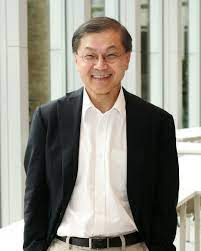
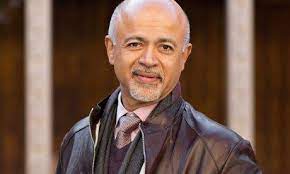
Abraham Verghese, MD (1955-Current)
Dr. Verghese is an Indian American physician who began his medical training in Ethiopia when his parents were recruited by Emperor Haile Selassie to teach near the capital. He studied as a resident in the U.S., where he later witnessed the AIDS epidemic firsthand in the 1980s. He worked with young AIDS patients at a time when little could be done for them, other than work with them through their premature deaths. He advocated the value of direct patient interaction and physical examination in diagnosing and demonstrating empathy. In September 2016, he received a National Humanities Medal at the White House from President Barack Obama.
Source: beckershospitalreview.com
Katherine Luzuriaga, MD (1957-Current)
Dr. Luzuriaga is a Filipino American physician and pediatric immunologist who was named one of Time Magazine 100 most influential people in the world in 2013, after she was part of three-woman researcher team who discovered a breakthrough that could cure newborns of AIDS when HIV is transmitted to them from their mother during birth.
Source: beckershospitalreview.com
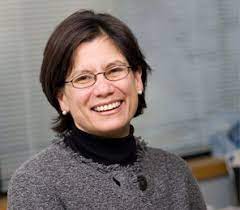
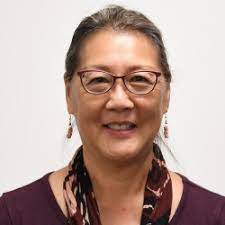
Marjorie Mau, MD (1959-Current)
Dr. Mau conducted groundbreaking research in metabolic disorders among Native Hawaiians and Pacific Islanders in 2012. The National Institutes of Health featured Dr. Mau as a worthy mentor for young scientists through the BioMedical Faces of Science program.
Source: beckershospitalreview.com
Hyunjune Sebastian Seung, PhD (1966-Current)
Dr. Seung is most known for bringing his multidisciplinary approach to the study of the “connectome” – the detailed model of all of the neural connections in the brain. Though he began his educational career and earned his PhD in physics, he switched his focus to neuroscience in 2005. His main research focus is studying and mapping the intricate “wiring” of the brain. His goals range from the practical – using a citizen-science based online game “Eyewire” to produce a full map of the human brain – to the speculative – proposing that many mental illnesses could be treated or even prevented if we could “rewire” the brain. He currently runs his lab through Princeton University.
Source: thomassci.com
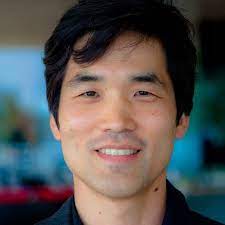
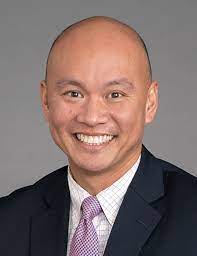
Chi-Cheng Huang, MD (1972-Current)
Dr. Huang is a Taiwanese American hospitalist and pediatrician who traveled to La Paz, Bolivia, to work at an orphanage. He soon realized the dire need for emotional and physical support for thousands of children living on the streets and in the sewers of La Paz. Since many of the children suffered physical abuse from adults, they were not readily trusting of him. Dr. Huang went out from 10 p.m. to 2 a.m., when most of the children were out, to offer them care. This led him to found the Bolivian Street Children Project, a nonprofit dedicated to sheltering the street children.
Source: beckershospitalreview.com
